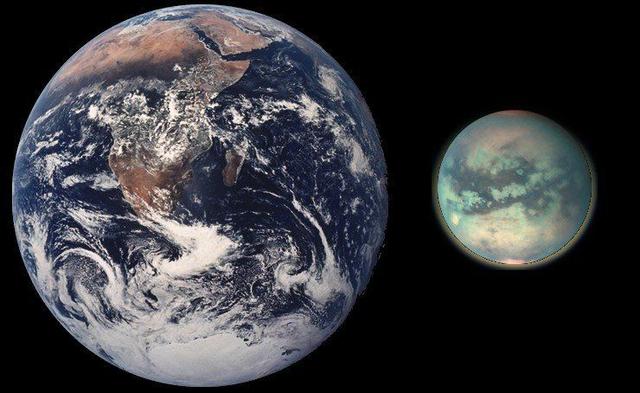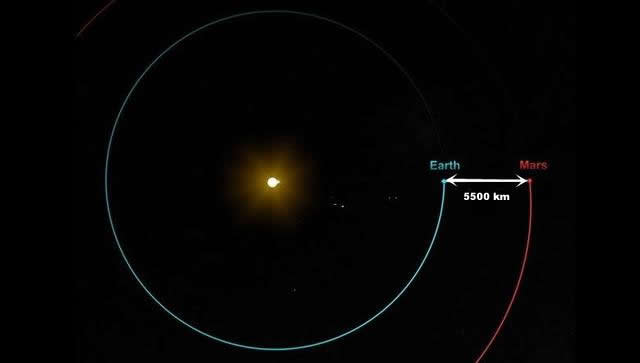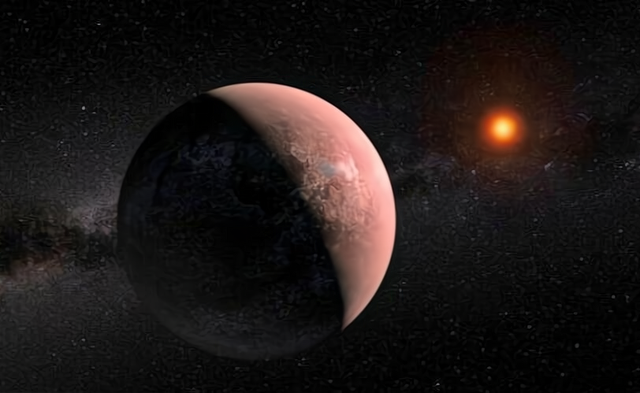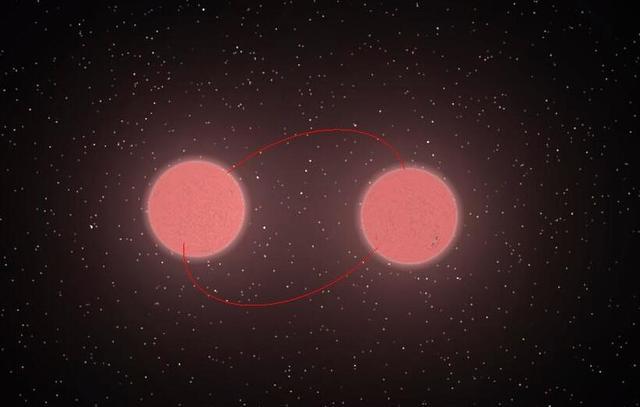- Beauty
Titan, or titan as we often call it, is a moon orbiting saturn at a relatively long distance from earth, so we don't really have a long history of exploring titan, and our knowledge of it is not as deep as that of the moon or mars. However, as scientists continue to observe and study titan, the mystery of titan will gradually be unveiled to us.
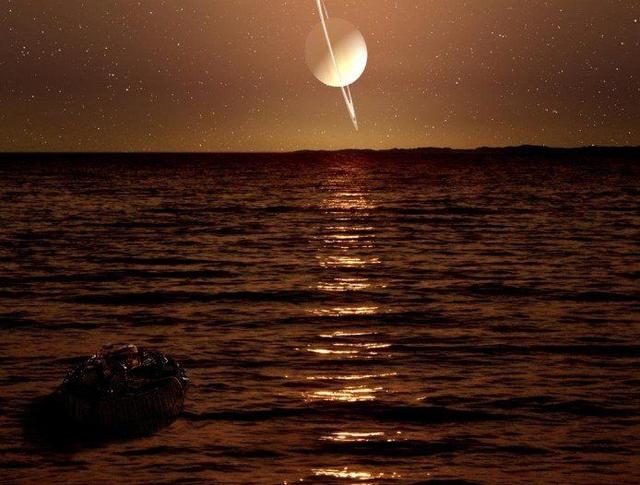
How similar is titan to earth?
Titan is the largest moon of saturn and the second largest in our solar system, even a little larger than mercury, one of the eight planets. Due to tidal locking, titan's rotation period and revolution period are the same, similar to our moon. This means that one side of titan is always facing saturn, and the other side is always back towards saturn.
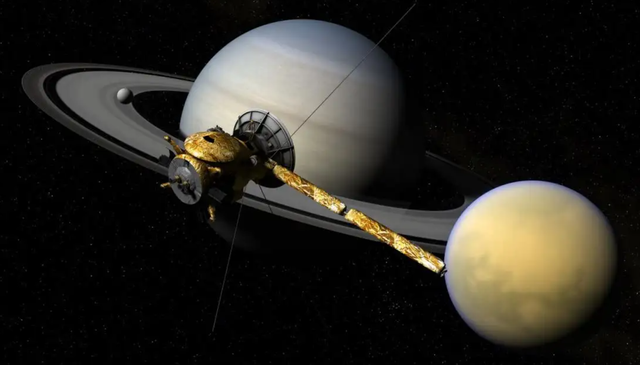
We often see claims that titan is similar to our earth, so how similar is this one planet to our earth? Our earth has a magnetic field, an atmosphere, liquid water, the right temperature and 21% oxygen in its atmosphere. Those who don't know much about titan may think that it also has oxygen in its atmosphere and the right temperature, but the reality is not what we think, the oxygen content in titan's atmosphere is almost non-existent and its temperature is not as comfortable as that of earth. After all, titan orbits saturn, which is itself far away from the sun, so the sun's radiation is not very strong, and the temperature of these moons of titan is naturally lower. Although the temperature of titan is not as comfortable as that of earth and there is no oxygen in the atmosphere, it has many special features that make it resemble the earth of billions of years ago.
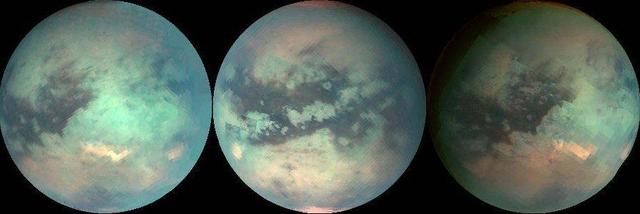
Don't look at the earth's superior environment now, with its liquid water, oxygen and comfortable temperature, but in fact the earth's environment billions of years ago was not at all what we see now. At that time, the earth was like the beginning of chaos, although there was an atmosphere, but there was no oxygen in the atmosphere, the main components were water vapour, carbon dioxide, nitrogen and other gases, later on, after the emergence of some organisms capable of photosynthesis, the oxygen in the atmosphere gradually increased. Nowadays the main components of the earth's atmosphere are nitrogen and oxygen, with nitrogen accounting for about 78% and oxygen for about 21%.

Titan has a similar atmosphere and is the only moon in the solar system with a thick atmosphere, which was detected by the voyager probe during its flyby of the saturn system, and indeed titan has an atmosphere. Moreover, the atmospheric pressure on the surface of titan is somewhat greater than that of earth, about 1.5 times that of earth's atmosphere. Nitrogen is the dominant gas in titan's atmosphere, with 98.44% of nitrogen, making it the only planet in the solar system other than earth with an atmosphere rich in nitrogen. This is one of the more obvious similarities between titan and earth.
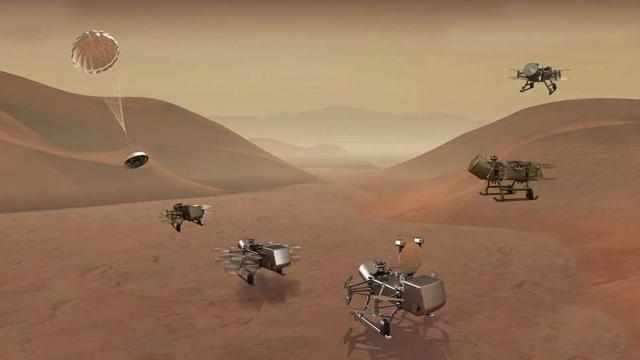
The second similarity is that both earth and titan have liquid oceans and lakes. The earth is home to our species and the oceans cover 71% of the surface area of the planet, and they have played a vital role in the nurturing of life on earth. Similarly, titan also has some liquid lakes and liquid oceans, only there are some differences between titan's lakes and oceans and earth's oceans. Earth's oceans are liquid water, while titan's oceans should be liquid methane, not liquid water.

Because titan has a dense atmosphere, it is impossible to see the details of its surface directly from outer space, so early scientists did not know whether titan was dry or wet. But later, with the arrival of the cassini probes, a wealth of evidence was found to show that titan's surface is indeed a liquid ocean, a liquid lake. For example, cassini returned spectroscopic data showing that the surface of titan is filled with liquid methane, ethane lakes, and sometimes it rains methane on titan.
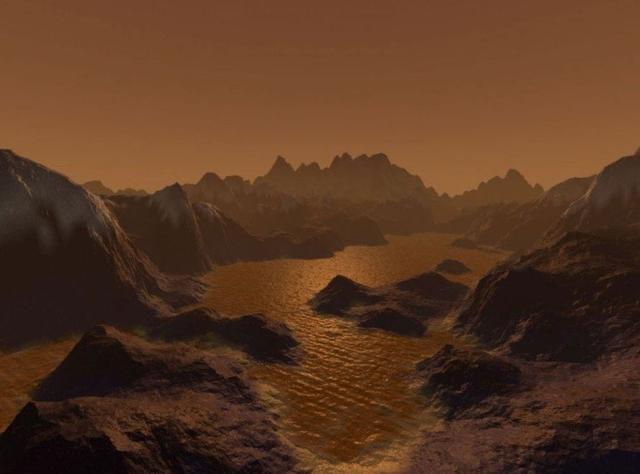
Like earth, titan has volcanoes. Scientists have discovered a dormant ice volcano on titan that is 1,000 metres high, surrounded by huge sand dunes and a crater 1,200 metres deep, the largest ice volcano ever discovered by humans on a satellite. When this ice volcano erupts, it emits huge amounts of fiery molten ice and gases.

Titan is likely to be alive
Titan is one such moon, with mountains, seas and atmosphere, and so many similarities to earth that some scientists believe that titan is like the earth of over 4 billion years ago. Given that the environment of these planets will not remain unchanged, some scientists believe that in the future titan's environment may become more like earth's, and that new "Terrestrial-like organisms", that is, organisms like earth's, may appear on titan in 1.5 to 2 billion years.
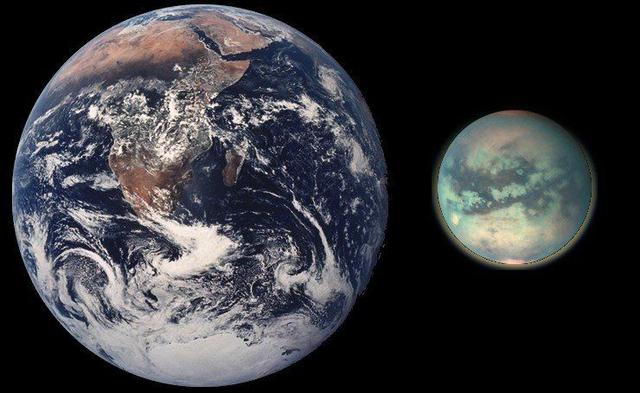
Of course, there is also the possibility that some unknown organisms may now exist on titan as well. As the only moon in the solar system with a dense atmosphere, titan also has liquid oceans and lakes, only titan's liquid oceans are liquid methane and ethane, and in such an environment, it cannot be ruled out that there may be some strange creatures on titan that may be very different from earth's biomorphology.
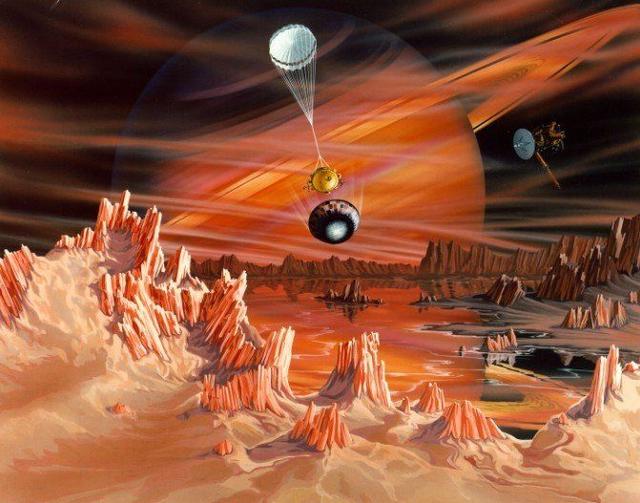
On earth, the main energy for living things actually comes from sunlight, green plants photosynthesize to produce oxygen and organic matter, and animals go through the food chain to get the energy they need, which is eventually transferred through the food chain like more advanced organisms. The creatures of titan may be different in that they may not need to photosynthesise, but instead feed directly on the organic matter, methane, from which they get the energy they need. If this is indeed the case, then these organisms may have taken on forms beyond our imagination.

